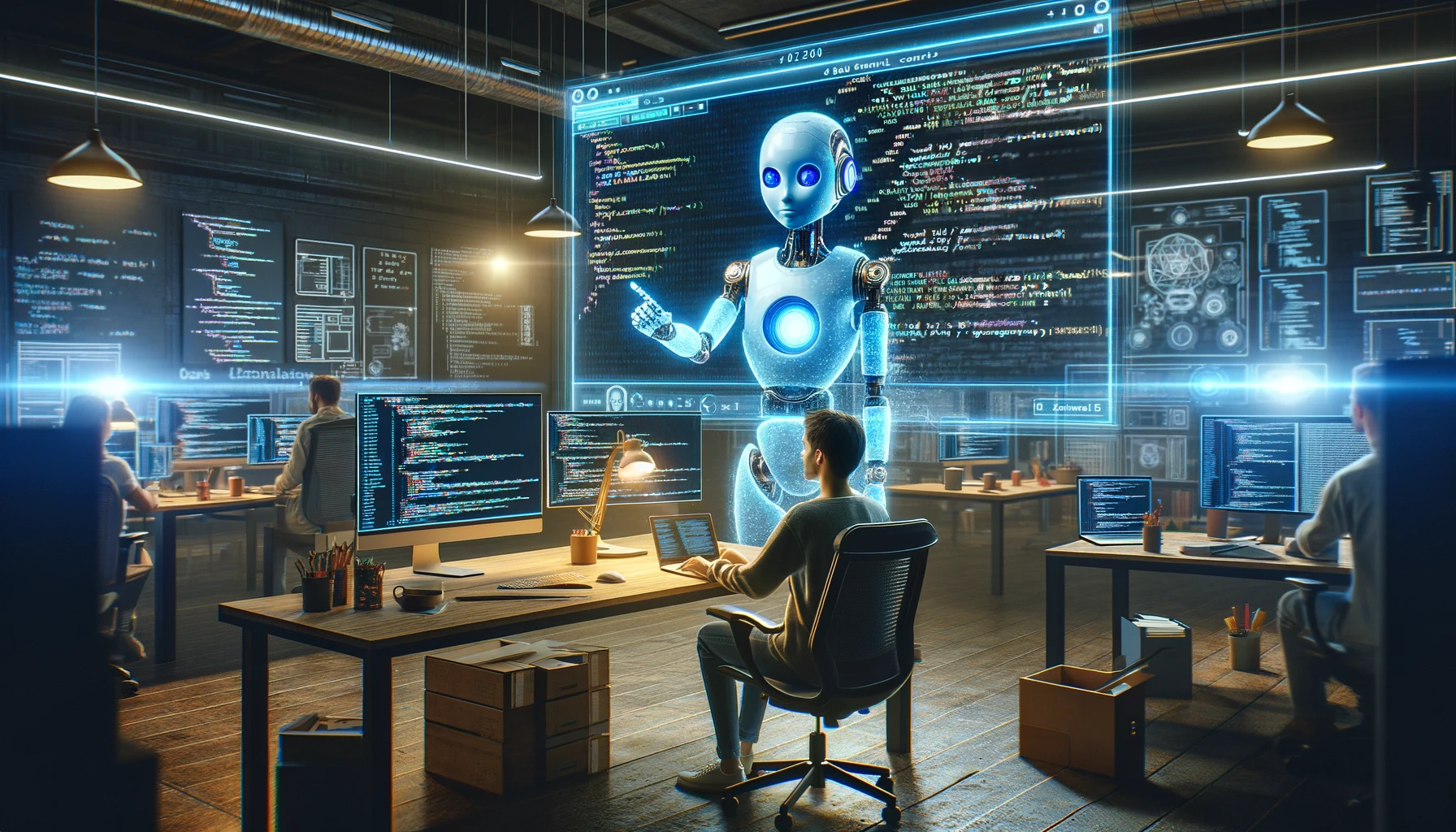The “AI copilot” concept has recently grown increasingly popular in software and technology (aviation copilots are a very different thing). Multiple vendors now offer solutions that include an AI copilot to provide assistance to users. But what exactly is a copilot in software, and how does it work? This blog aims to provide clarity on AI copilots – their capabilities and limitations and give some examples of solutions available today.
Defining the AI Copilot – You can be my wingman!
An AI copilot is an artificial intelligence system that works alongside the user to provide assistance, recommendations, and automation to improve workflow and productivity. It is meant to function as a helpful “copilot”, much like a knowledgable human assistant would.
Key capabilities of AI copilots include:
– Natural language processing to understand user needs and requests expressed in everyday language
– Contextual awareness to adapt suggestions and responses based on the user’s current workflow
– Predictive intelligence to anticipate what the user may need help with next
– Ability to generate content like code, text, and UI based on prompts and parameters set by the user
– Continuous learning through feedback to improve over time
So, in essence, the copilot metaphor signifies an AI assistant that learns user preferences, understands workflow context, communicates conversationally, and works alongside the user in a responsive, personalised way.
Copilots in the Wild – examples of current offerings
Multiple AI copilots with varying capabilities are now available from tech vendors. Some popular examples include:
GitHub Copilot: Developed by GitHub, Copilot helps software developers generate code based on natural language prompts. It studies billions of lines of public code and the developer’s codebase to provide suggestions inline as they type.
Microsoft IntelliCode: With IntelliCode, Microsoft offers an AI-assisted development tool for Visual Studio. It provides AI-powered recommendations, code analysis, and productivity enhancements to streamline the coding process.
Microsoft 365 Copilot: AI-powered digital assistant for productivity and collaboration within Microsoft 365 apps. It utilises natural language processing to understand context across Word, Excel, Teams, Outlook, etc. and provides personalised recommendations to streamline workflows.
ChatGPT: An AI chatbot from OpenAI trained on vast datasets, ChatGPT can understand and respond to natural language requests for various subjects – from general advice to step-by-step guidance. You can now use many user- and vendor-developed copilot GPT available from the interface.
As can be seen, copilots focus on different use cases, from coding to productivity to research assistance, but have some common underlying AI capabilities like natural language processing, deep learning and context awareness.
Advantages of an AI Copilot
There are several key advantages that a copilot-style AI assistant can provide, especially in fields like software development:
1. Increased Efficiency: By automating repetitive tasks and providing recommendations, copilots can greatly speed up workflows. Developers spend less time on mundane coding or research tasks.
2. Reduced Cognitive Load: The copilot handles lower-level logical thinking and documentation lookup, allowing users to focus cognitive resources on big-picture strategic problems.
3. Consistent Assistance: Unlike human assistants, a copilot can provide reliable, 24/7 assistance on demand without tiring out. This leads to greater consistency.
4. Personalised Support: Copilots like GitHub Copilot progressively learn from individual developers’ styles and contexts to provide customised suggestions tailored to them.
5. Increased Accessibility: Those without extensive technical training or experience can still benefit from automatically generated code and instructions from copilots.
Today’s Key Challenges and Limitations
However, there remain some key challenges and limitations around existing AI copilots:
Potential Bias: When copilots are trained on human-created datasets, there is a risk of perpetuating historical biases such as gender, racial or ethical skews. More diverse data and specialised training are required to remove potential biases.
Overreliance Risks: If developers get overreliant on copilots for basic tasks, it may deskill them or make them slower when working without one. Striking the right balance is essential.
Limited Understanding: Even advanced copilots today have significant limits in comprehending context and coder intent. They have yet to fully replace human judgment and discretion.
UI/UX Challenges: The best way to integrate copilots into software workflows is still being perfected. Suboptimal interfaces can hamper productivity rather than improve it.
Security Vulnerabilities: Like other AI systems, copilots could also pose risks around data privacy, fraud manipulation, and automatically exposing insecure code. Safeguards have to be built in.
The Future of AI Copilots – We’ve come a long way from Clippy!
Compared to the helpful software assistants of the past, today’s copilots are light years ahead but still have limitations in many areas. However, rapid advances are underway in contextual AI capabilities driven by the exponential growth of data and compute power. Given the pace of AI developments within the next 2-5 years, copilots will likely become vastly more capable and reliable.
We can expect copilots that understand work context thoroughly across applications, translate complex instructions accurately into code or actions, communicate responsively in natural language, adapt fully to individual user needs and help master new skills rapidly.
Instead of being bolted on to existing tools, they may become like an intrinsic intelligence layer augmenting many aspects of knowledge work. Advanced deep learning techniques like recursive neural networks and reinforcement learning can enable next-gen copilots.
Many experts predict AI progress will lead to “Artificial General Intelligence” someday – copilots may represent an early subset of specialised AGI focused on assisting human productivity.
The Path Foward
AI copilots represent an exciting new frontier in augmented intelligence – AI and human collaboration to enhance knowledge work outcomes beyond individual capabilities. Today’s copilots, like those from GitHub and Microsoft, already show vast potential, even though substantial progress remains to be made.
Developers must also remain ethical, unbiased and deliberate while building increasingly advanced copilots by incorporating human oversight and judgment. If done right, the era of AI assistance holds great promise in empowering more people to exercise their creative abilities at higher levels. The future for inventing better collaborative interfaces between humans and artificial intelligence remains open.
